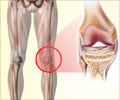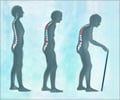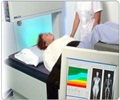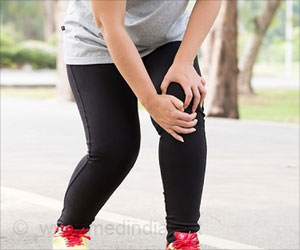As World Osteoporosis Day is observed on the 20th of October every year, motivate yourself to include calcium rich foods in your diet to prevent this disease.

What is Osteoporosis?
Osteoporosis occurs when the bone quality and density is significantly reduced due to either low calcium intake or low calcium absorption (uptake) by the body. Osteoporosis is a silent and progressive disease. It often goes undiagnosed until the patient suffers a stress fracture. Osteoporotic fractures usually occur in the wrist, spine and hip areas. Globally, 1 in 3 women and 1 in 5 men are at a risk of osteoporotic fractures. It is estimated that nearly 200 million women across the world are affected. In post-menopausal women and women with amenorrhea, reduction in estrogen levels impacts calcium absorption in the body. In younger women with amenorrhea, endocrinologists often run a range of hormone tests and recommend estrogen tablets to prevent osteoporosis. Though osteoporosis is age-related often occurring in post-menopausal women and men, it can also occur in people with other related chronic metabolic disorders where bone resorption (dissolving bones) is faster than bone formation.In most developing countries in Asia, osteoporosis is mostly undiagnosed and undetected. It is believed that 50% of all osteoporotic hip fractures will occur in Asia by 2050. This is because most Asian countries fall below the FAO/WHO recommendations for calcium intake of 1000-1300 mg/day. The standard calcium requirement for adult Asian populations is around 450 mg/day. Studies across South Asian and Southeast Asian countries indicate not only calcium but also vitamin D deficiency due to low nutritional intake.
Besides falling behind in nutritional standards, access to diagnostics for bone health like the DXA (dual-energy x-ray absorptiometry or bone densitometry) scan is low. In rural areas in India, osteoporotic fractures are often treated at home without surgery. This often results in inaccurate bone alignment and consequent disability. Thus, the risk of osteoporosis is serious in developing countries like India and China.
World Osteoporosis Day (WOD)
World Osteoporosis Day is marked to increase awareness of bone health and bone diseases that can be disabling and devastating. The day is organized by the International Osteoporosis Foundation (IOF) involving activities by national osteoporosis societies across 90 locations globally. The focus on this day is patient well-being and best care practices to prevent and manage this potentially disabling condition.World Osteoporosis Day was first conceptualized by the United Kingdom’s National Osteoporosis Society when it launched its campaign on 20 October 1996. This campaign was supported by the European Commission. In the years 1998-99, the World Health Organization (WHO) co-sponsored the day. Since 1999, WOD campaigns have a specific theme each year addressing patient concerns and issues.
The objectives of the themes and centered campaigns are to inform and educate the public and strengthen health care systems to prevent, diagnose, treat and manage osteoporosis in the best possible way. Significant themes revolve around early diagnosis, nutrition for bone health, exercise and awareness of risk factors.
WOD brings together patient communities to enhance awareness of living well with osteoporosis by following simple steps like careful mobility, choosing the right osteoporosis medications and safe exercising. All these steps add to patient well-being and better quality of life.
This theme was aptly chosen to inform and educate patients and those at risk about the importance of the right nutrition to prevent and manage osteoporosis. In most cases, osteoporosis can be avoided by simply adding calcium and vitamin D3 to one’s diet. Eating foods rich in calcium can add to cumulative bone strength over the years. Vitamin D is found in natural sunlight and one can avail this natural source by soaking up the sun for a few minutes each day.
- helping children and adolescents build maximum bone mass over the years
- helping adults maintain bone mass and strength and reducing the risk of bone diseases
- helping seniors manage osteoporosis and maintain mobility and independence
Osteoporosis can be well-managed with minimum traumatic fractures with a blend of good nutrition, exercise and suitable medications.
References:
1. http://www.worldosteoporosisday.org/2. http://www.iofbonehealth.org/world-osteoporosis-day
3. http://nof.org/WOD2015
4. http://www.osteoporosis.org.au/WOD2015
5. http://nof.org/articles/7
6. http://www.radiologyinfo.org/en/info.cfm?pg=dexa
Source-Medindia















